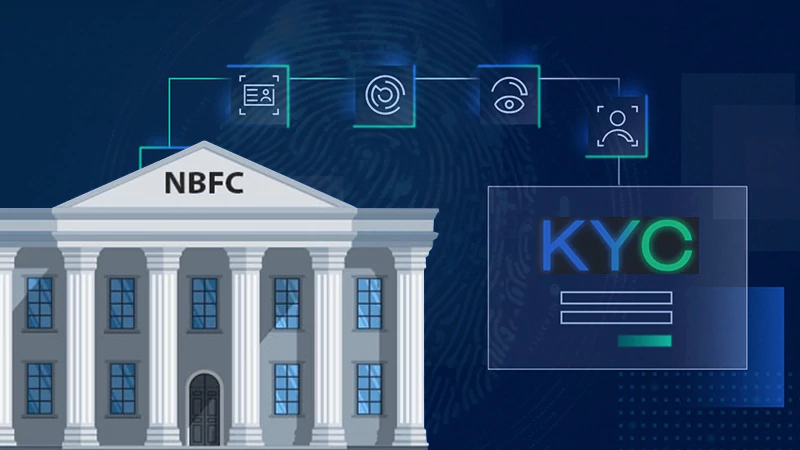What is a Pay Slip?
A pay slip, also known as a salary slip, is essentially a monthly document issued by a company to its employees. A pay slip acts as a summary of an employee’s compensation and deductions for a given period of time. Companies are illegally bound to issue a pay slip as a record of payments of wages to their employees and the deductions they made. Such a piece of document helps employees to track their earnings, the portion accounted as deductions, and for tax planning.
All these aspects make it crucial for employees to find out more about their pay slips and why it’s important for them.
Salary Slip Format
The format of salary slips is different in different workplaces. However, a basic template of a payslip contains unique identifiers like KYC:
- Name
- Designation
- Employee Code,
- Department
- Aadhaar
- Employee PAN
- Bank Account Number
- EPF Account Number
- Universal Account Number
- Total number of working days
- Effective working days
- Number of leave days
- Earnings and deductions
- Gross and net pay
What are the Key Components of a Salary Slip?
The main components of a pay slip can be categorized under income and deductions.
That said, let us take a look at the earnings and obligations that fall under each category:
Income
Basic Salary
Your basic salary constitutes 35-40% of your monthly salary, making it a crucial component. Notably, it also acts as a basis to ascertain the other salary components.
Dearness Allowance
Dearness allowance is offered to employees to help offset the effect of inflation. However, the DA is taxable and has to be declared when the employees file their income tax returns.
House Rent Allowance
This allowance is directed to help employees pay their rent. The HRA depends on where the employee resides and typically ranges between 40% and 50% of their basic pay. Employees are allowed to claim a part of their house rent allowance as a tax deduction, given they live in a rented flat that meets the provisions of Section 10A of ITA.
However, one can claim only up to a given amount of HRA as an exemption, and generally, the amount happens to be the lowest of these two –
- The rent you paid in a year minus 10% of the salary
- The actual HRA you received
- 50% of the basic and Dearness allowance for employees in metro cities or 40% of the basic and dearness allowance in case of other cities
Medical Allowance
Companies pay this allowance to employees to help them account for the medical expenses they incurred during their employment period. The best thing is employees can save on their tax liability on medical expenses. Typically, an allowance of up to Rs. 15,000 is exempted from income tax. However, in order to claim the tax benefit, individuals must submit all medical bills as proof of medical expense. Failing to do the same will subject the medical allowance to taxes.
Performance and Special Allowance
Companies pay this allowance to encourage the employees to perform better and the same is liable for taxation.
Other Allowances
This allowance features additional allowances that were paid to an employee for other reasons.
Deductions
Employees Provident Fund
This is a compulsory deduction that is recorded in the pay slip. The EPF component accounts for at least 12% of one’s basic salary and is contributed toward an EPF account. However, the contributions made toward the employee provident fund are not liable for taxation under Section 80C of the Income Tax Act.
Professional Tax
Every working professional is liable to pay this tax, including salaried employees, traders, and professionals with an income. Notably, professional tax is levied only in some states and is computed as per an individual’s income tax slab.
Tax Deductible at Source
TDS is the amount of money that is deducted by an employer on behalf of the Income Tax Department. Employees can lower their TDS liability by simply investing in tax-saving investment options and submitting proof of the same to their employer.
Having an idea of the deductibles and the provisions that are related to them, comes in handy for employees for tax planning. Based on the information on a salary slip they can initiate the process to file for their income tax return accurately and make the most of the deductions available to them.
Key Difference Between Cost to Company and In-hand or Gross Salary
An employee will come across the terms in-hand and cost the company more than once in their life. However, one should not use these terms casually and must find out the components of the same to negotiate their salary better for new positions or account for their income better when filing tax returns.
On that note, let us check out the basic differences between in-hand and CTC:
- Cost to Company or CTC is the amount spent by the company on an employee. Typically, the cost to the company constitutes comprises medical expenses, house rent allowance, employee provident fund, conveyance allowance, gratuity, and other allowances.
- Cost to the company (CTC) is the amount a company spends to hire and sustain the services of a worker. Notably, CTC is considered to be the variable pay that varies based on several factors, in turn, impacting employee’s net salary and the amount they receive.
- On the other hand, gross salary is the sum of money that the employee receives from the company before any deductions. Notably, it doesn’t include gratuity and provident fund. In other words, gross salary is the amount of money employers commit to pay to an employee every month.
What Makes Pay Slip Important?
In a nutshell, a pay slip comes in handy for these reasons:
- Acts as proof of your employment
- Helps to file income tax returns
- Serves as financial proof to avail of loans and mortgages
- Helps negotiate for a salary hike in a new job
Collectively, a pay slip serves as a proof of record reflecting an employee’s status of employment, income, and loan. Having an understanding of the components of the pay slip helps them understand the allotted income and allowances and the tax liability they need to account for.
Follow Us
Latest Post
















